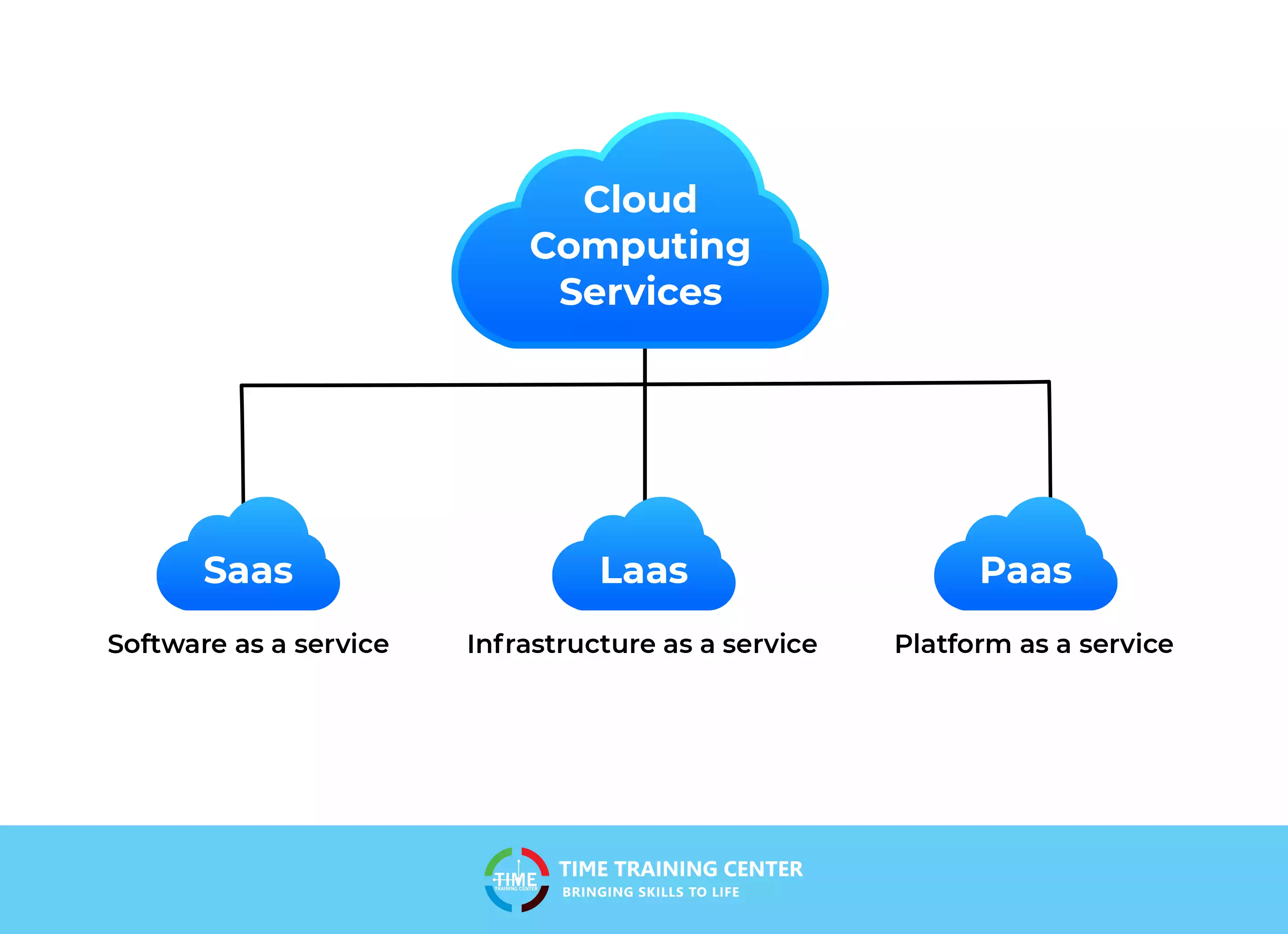Simplify Your Infrastructure With Cloud Provider
As companies navigate the ever-evolving landscape of modern technology and data administration, the function of cloud services in streamlining facilities has become progressively popular. The allure of streamlined processes, boosted effectiveness, and improved source allocation via cloud solutions is obvious. Nevertheless, the journey in the direction of a much more active and economical IT framework includes even more than just migrating to the cloud. It calls for a calculated strategy and a deep understanding of the subtleties of cloud adoption. So, how can businesses properly navigate this change and genuinely unlock the possibility of cloud solutions for simplifying their framework?
Advantages of Cloud Provider
Cloud services use a structured technique to managing IT infrastructure, offering companies with scalability, cost-efficiency, and flexibility. One of the crucial benefits of cloud solutions is the scalability they use.
Furthermore, cloud services eliminate the demand for organizations to purchase costly hardware and software application. This cost-efficiency is a substantial benefit, specifically for little to medium-sized enterprises seeking to decrease in advance costs. By utilizing cloud services, organizations can access top quality IT sources without the significant price connected with conventional infrastructure arrangements.
Moreover, cloud services supply companies with the adaptability to access their data and applications from anywhere with a web link. This level of access enhances partnership amongst teams, allows remote job, and increases general productivity. The versatility used by cloud solutions encourages organizations to adapt rapidly to changing market conditions and consumer demands.
Price Savings and Scalability
Along with the functional advantages highlighted previously, the integration of cloud services into a business's framework produces significant cost savings and enhanced scalability. Cloud solutions use a pay-as-you-go version, permitting companies to range sources up or down based upon current requirements, thereby avoiding the expenses related to keeping excess capacity. This versatility allows business to adapt rapidly to rising and fall needs without sustaining unnecessary expenses.
Additionally, cloud services eliminate the need for upfront investments in hardware and software application, lowering capital investment. General expenses are additionally decreased as firms no more require to manage and maintain physical web servers, leading to lower power consumption and IT staffing prices. In addition, cloud services offer automatic updates and upkeep, ensuring that the framework stays updated and protected without needing hand-operated treatments.
Improved Safety Actions
Implementing stringent safety actions is extremely important when incorporating cloud solutions right into a company's infrastructure to protect sensitive data and make certain conformity with market policies. Cloud service providers offer enhanced protection attributes such as data security, firewall software defense, and multi-factor authentication check out this site to mitigate cybersecurity risks.
Additionally, regular protection audits and conformity evaluations help make sure and determine susceptabilities adherence to market criteria. Firms can likewise take advantage of functions like automatic safety updates and real-time risk surveillance supplied by cloud provider. By prioritizing security procedures and staying positive in dealing with possible risks, organizations can with confidence utilize cloud services while protecting their useful data from unauthorized gain access to or breaches.
Transitioning to Cloud Facilities
To efficiently incorporate cloud services into a firm's infrastructure, an organized method that deals with the change in the direction of cloud-based solutions is critical. Transitioning to cloud facilities involves cautious preparation and execution to guarantee a smooth movement process. The first step is to evaluate the present facilities and figure out which systems and applications are appropriate for migration to the cloud. This examination needs to consider aspects such as information sensitivity, compliance demands, and performance demands.
As soon as the evaluation is full, a migration strategy should be developed. This strategy ought to describe the timeline, resources, and obligations for moving each component to the cloud. It is necessary to connect this strategy clearly to all stakeholders to make sure placement and decrease disturbances throughout the shift.
Throughout the movement process, monitoring and testing are important to recognize and resolve any type of concerns promptly. Routine checkpoints must be established to track development and make essential changes. Additionally, training for workers on utilizing cloud services need to be supplied to make sure an effective transition and maximize the benefits of the brand-new infrastructure.
Finest Practices for Cloud Fostering
Effective adoption of cloud solutions depends upon the strategic positioning of organization goals with technological capabilities and organizational preparedness. To make certain a smooth transition to the cloud, companies need to start by carrying out a thorough analysis of their present facilities and identifying which work are best fit for cloud migration. It is crucial to include key stakeholders from various departments in the decision-making process to get buy-in and address any type of issues beforehand.
Another best practice for cloud adoption is to focus on protection and compliance. Organizations needs to meticulously assess the safety actions offered by cloud company and ensure that their information is secured according to sector criteria and regulatory demands. Executing robust data file encryption, gain access to controls, and routine security audits can help mitigate risks related to cloud fostering.

Verdict

As services browse the ever-evolving landscape of innovation and information management, the duty of cloud solutions in streamlining facilities has actually become significantly popular - linkdaddy cloud services. Exactly how can organizations properly navigate this shift and genuinely open the possibility of cloud solutions for streamlining their infrastructure?
Cloud services provide a structured approach to handling IT framework, providing companies with scalability, cost-efficiency, and adaptability. By utilizing cloud solutions, companies can access high-quality IT sources without the large rate tag connected with typical framework arrangements.
To guarantee a smooth transition to the cloud, organizations should begin by performing a detailed evaluation of directory their present facilities and identifying which work are best matched for cloud migration.